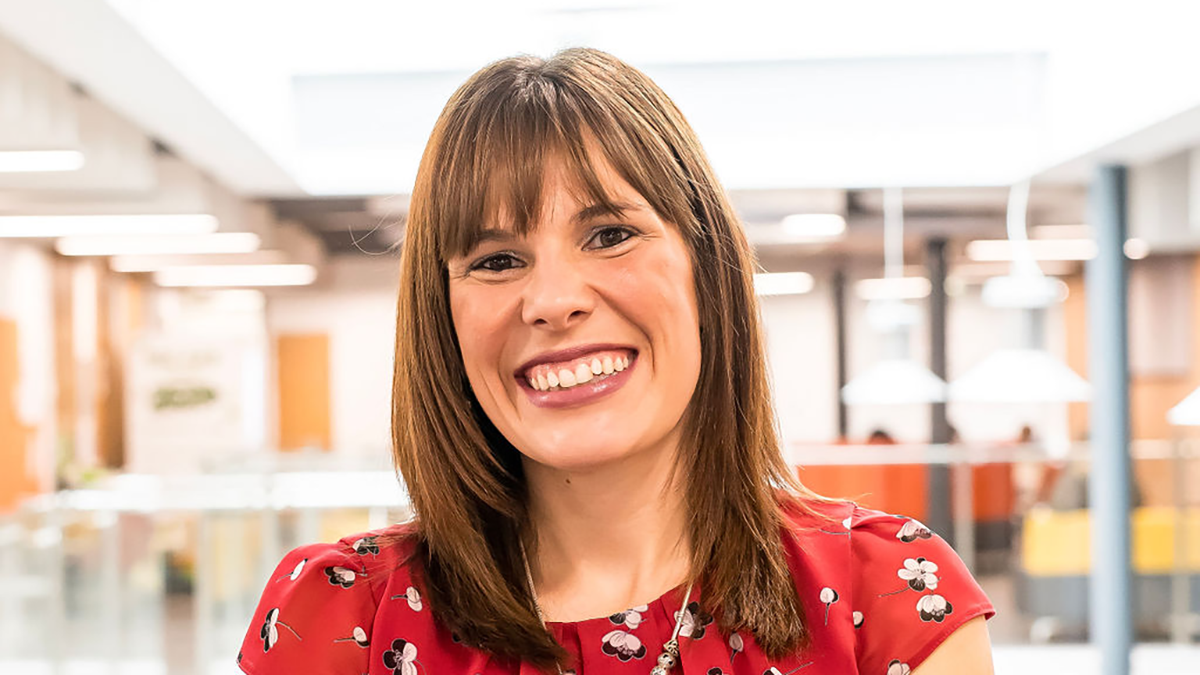
At universities across the UK academics are welcoming new students - an exciting time for all involved, but also one that is pivotal in shaping student–lecturer relationships.
One crucial element to shaping these relationships is the predictions made about others based on first impressions – this is where we see the formation of interpersonal expectancies.
Since 2010, I have been researching the formation and consequences of these expectancies within performance environments. And my findings suggest that our interpersonal expectancies, formed instantaneously using “thin slices” of information available, can have long-lasting and robust consequences.
In universities, students can create expectancies about their lecturers within moments of meeting them, potentially shaping the student–lecturer dynamic.
Given that student-lecturer relationships can influence student engagement, satisfaction, retention, motivation, well-being and achievement, I believe it is incredibly important that lecturers understand and strategically manage these expectancies.
How to positively shape your students’ expectancies of you
Research highlights three types of cues we use when forming expectancies of others:
- Static cues – relatively fixed characteristics (e.g. age, ethnicity).
- Dynamic cues - Behaviours and characteristics which change over short time periods (e.g. body language, clothing).
- Third-party reports - Information passed on by a third-party (e.g. reputation).
Of these, dynamic cues and third-party reports are the most influential. As dynamic cues are changeable, lecturers have a valuable opportunity to harness the information they display to students, in turn shaping their expectancies. The below research-informed strategies show how to achieve this:
- Cultivate a strong, positive self-concept – Self-concept refers to the way someone describes themselves within different areas of their lives (e.g. academic, emotional, social, family, and physical). Confidence in your self-concept reduces stress, enabling you to present yourself more clearly. By contrast, a weak self-concept can make it harder to project your intended image, this being counteractive to impression formation.
- Using dynamic cues to create positive impressions – Thoughtful planning and practice of verbal and non-verbal cues—such as clear speech, professional attire, confident body language, eye contact, and integrating experience into teaching—helps you present yourself in a way that fosters positive expectancies.
- Highlight relevant expertise – Research I conducted with Dr Leo Watkins (University of Northampton) suggests that a lecturer with previous teaching and industry experience, and a doctorate, should communicate this clearly to students as this is associated with more positive expectancies. Early career lecturers, who may lack some of this expertise, are advised to avoid advertising this to students, and should instead focus on presenting other strengths (e.g. enthusiasm).
- Engage in ongoing professional development – Where possible, seek out industry-based experiences to facilitate positive impressions and enrich teaching. My research with Dr Watkins suggested applied experience was rated as particularly influential in informing students expectancies of a lecturer. Your institution may be able to support you with this. From my own experience at Leeds Trinity University (LTU), building connections and working alongside professionals in industry has been invaluable for enhancing students’ perceptions of me and the programme which I lead, bringing the curriculum to life, and opening the door to discipline relevant placement opportunities for students. This alignment between classroom learning and workplace practice directly supports the LTU’s employability mission.
- Know your cohort – Different groups may respond differently to cues. For example, male and female students sometimes prioritise different sources of information when forming impressions. Being aware of your cohort’s demographics and backgrounds allows you to tailor your impression management approach.
- Manage unrealistic expectancies. Some students enter university with unrealistic expectancies about their course, institution, or lecturers. Challenging these expectancies through open and honest conversations can help bridge the gap between these expectancies and reality.
Strategic impression management is a pedagogical tool which can influence students’ expectancies and subsequent behaviours. As we begin a new academic year, it is worth reflecting on how you present yourself to students. Taking steps to manage students’ expectancies can enhance relationships and promote positive learning environments.
Dr Helen Heaviside-Brown is a Senior Lecturer in Psychology at Leeds Trinity University.